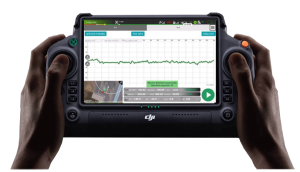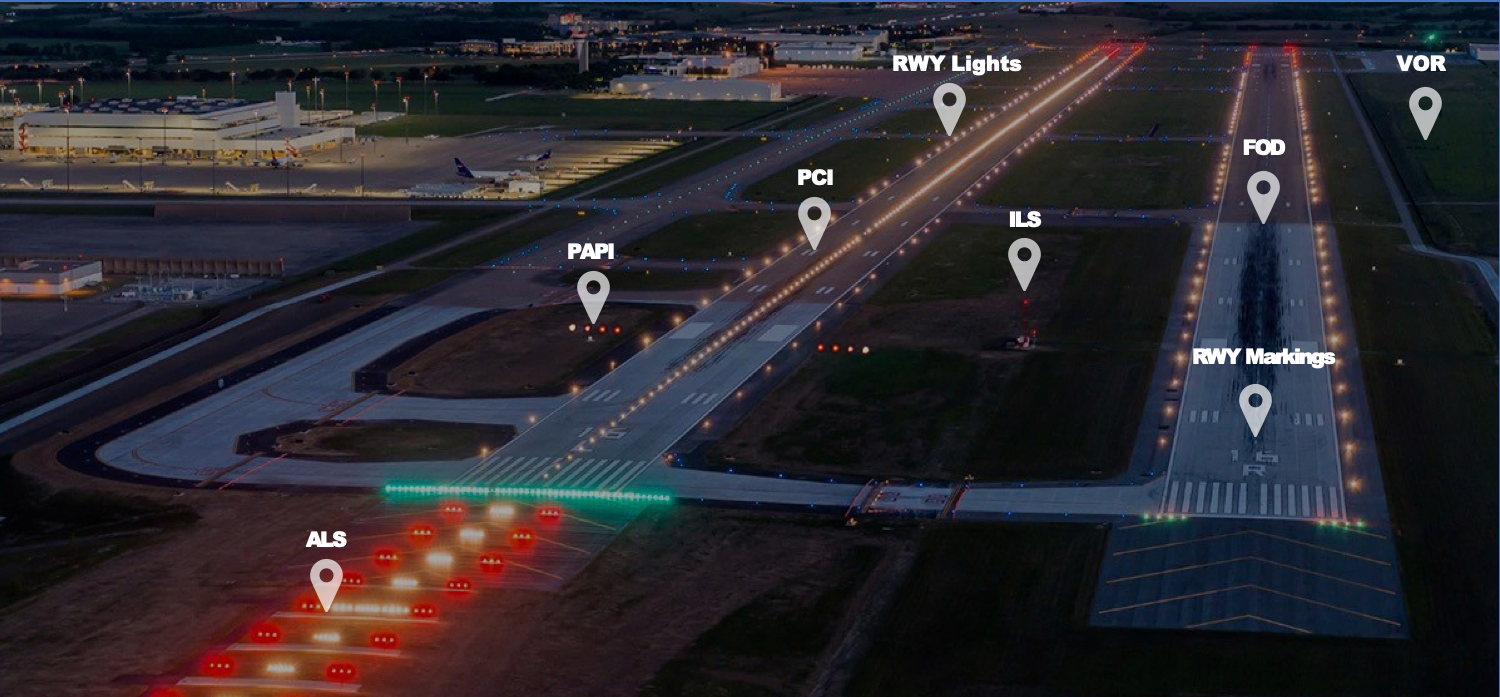
CANARD by ITE is a comprehensive solution for the inspection of AGL, NAVAIDs and Infrastructure in airports. Through a single platform users can carry out inspection of different systems such as PAPI, ALS, Runway Lights, ILS, VOR, and other airport infrastructure.
Having a commercial off-the-shelf product like CANARD, provides flexibility and autonomy to the users. Quick and automatic inspections, day or night, minimise impact on airport operations and scheduling.
CANARD is a system consisting of 3 main elements: a drone, an app and a web platform.
Different drone models and payloads can be used for different types of inspections, for example, the Mavic 3E/T or Matrice 4 can be used for all inspections involving camera (PAPI, ALS, Lights), while the M350 can also be used for ILS and VOR inspections.
The App runs directly on the tablet integrated in the remote controller. It provides the information and functionalities for piloting the drone, merged with the data and measurements required for each type of inspection, allowing for a single person to operate the system.
The platform can be accessed on any device with a web browser, it provides access to the database of airports, systems, inspections and reports from anywhere in the world. Visualise real-time data being collected with the App, allowing for remote support and supervision of the inspections.
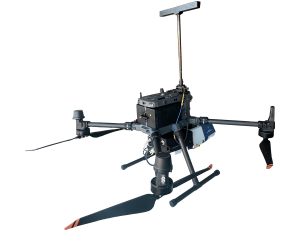
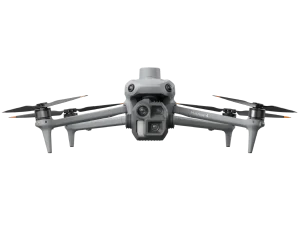
Easy to operate
Autonomous flights
Durable
Safety measures
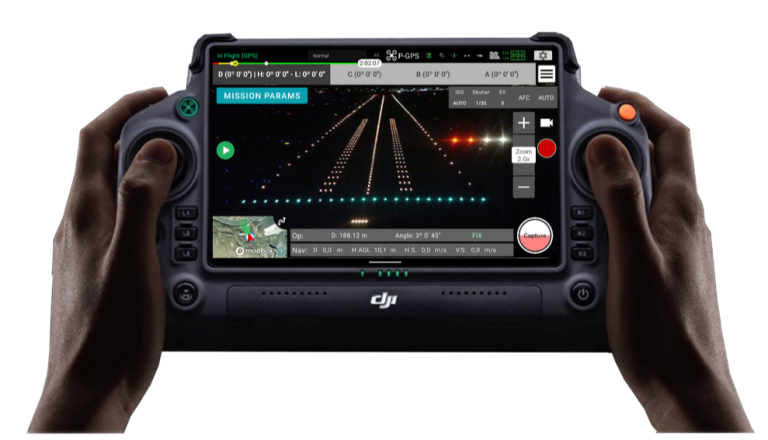
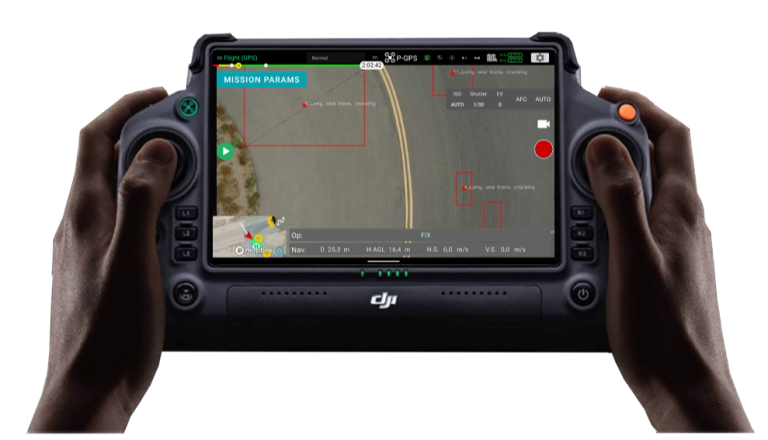
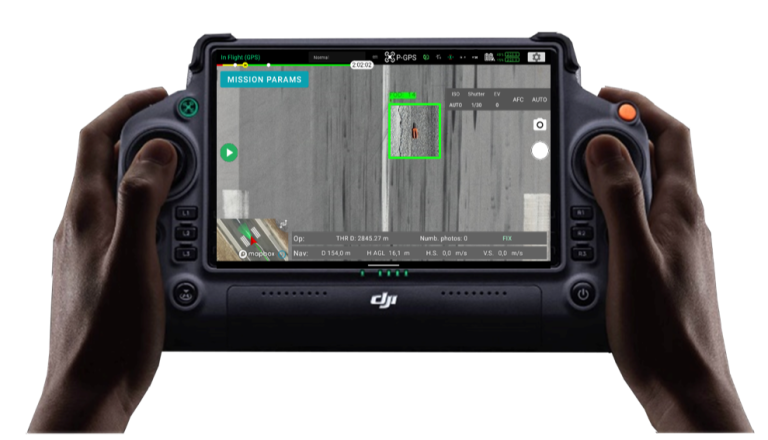
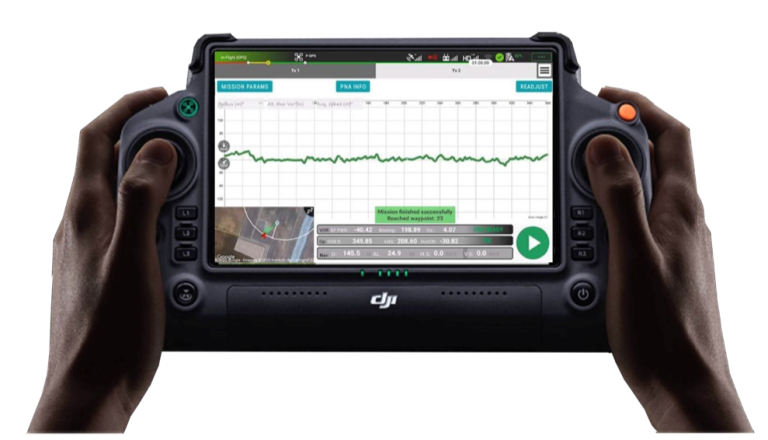
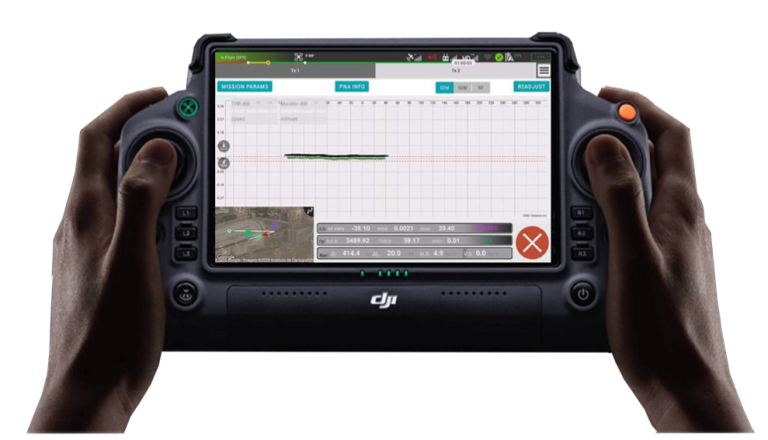
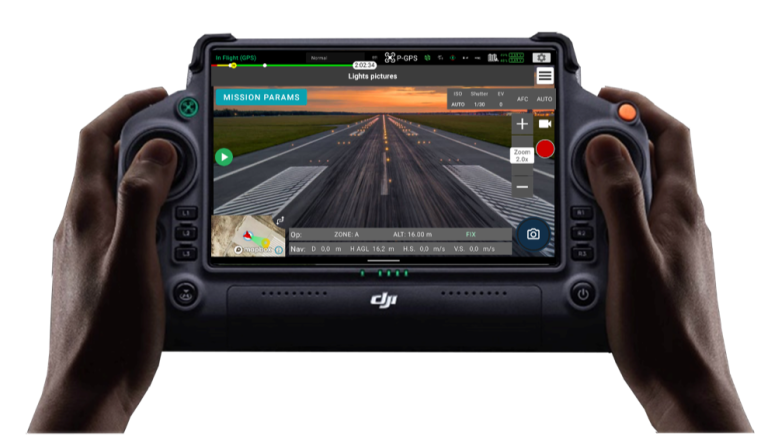
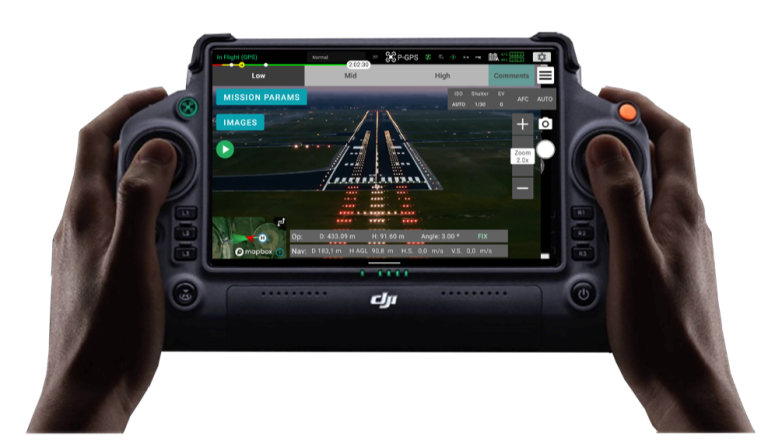
Control the drone
Real-time data
Built-in procedures
Easy to use
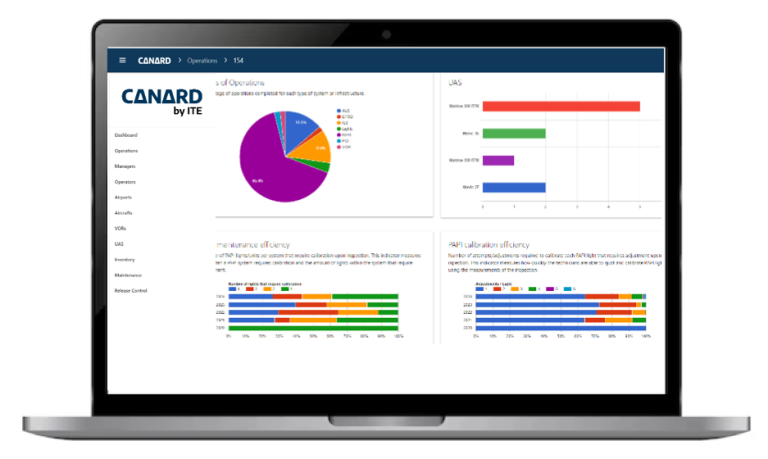
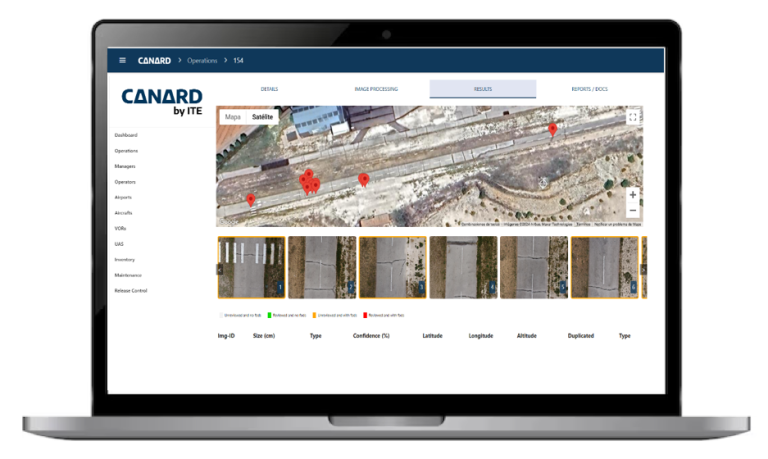
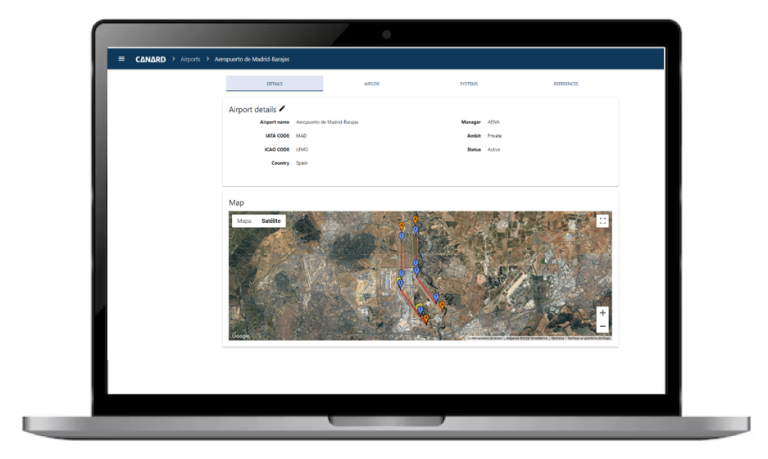
Airports & system database
Operation planning
Data & reports
Asset management
For the inspection of NAVAIDs, CANARD integrates the EVSD1000 ILS & VOR analyser from Rohde & Schwarz. The integration is far more than simply mounting the payload on the drone. CANARD includes an adapter that mounts on the EVSD1000 and acts as an interface between the receiver and the drone. With this, CANARD is able to obtain the GNSS RTK data to georeference ILS & VOR measurements. In addition, the EVSD1000 can use the drone as means of communicating with the ground. This allows for remote operation of the EVSD1000 from the CANARD App, from configuration (mode, frequency, ….) to measurements (DDM, SDM, RF level, …), all without additional datalinks.
Real-time data display
RTK GNSS georeference
No additional data-link required
Remote configuration through app
Up to 100 measurements/second
same data-link as RC (+8km range)
The Visual Aids inspection module of CANARD includes specific procedures, interface and data collection for calibration, commissioning and periodic inspection of PAPI, ALS and AGL (RWY & TWY lights). In 2021, ICAO updated Doc. 9157 to include the use of drones as an approved alternative to flight inspection. CANARD contributed directly to this, participating in the VAWG (Visual Aids Working Group) and providing the procedures and diagrames that are included in the official ICAO document.

Horizontality
Transition angle for each light
System angle
Angular coverage
MEHT
Symmetry
Relative brightness
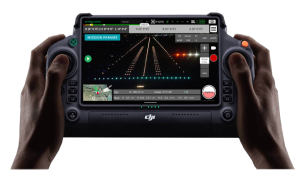
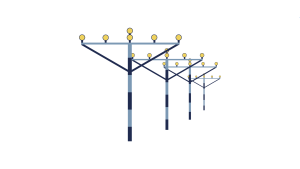
Lights On/Off
Obstructions
Alignment
Angular coverage
On-slope/High/Low check
Intensity levels
Relative brightness
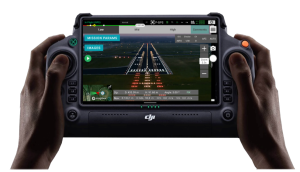
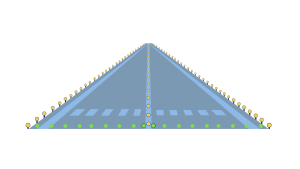
Lights On/Off
Runway & taxiways
Centerline & edge lights
THR and RWY end
Intensity levels
Relative brightness
CAT I-II-III
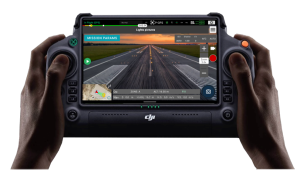
The Radio Aids inspection module of CANARD includes specific procedures, interface and data collection for inspection of CNS. More specifically, NAVAIDs such as ILS and VOR. As considered in ICAO Doc. 8071, drones can be used for the inspection and maintenance of NAVAIDs as a method for enhanced ground checks. CANARD drone-based inspection of ILS and VOR can lead to quicker and more efficient ILS and VOR maintenance by:
Extending time between traditional flight inspections
Faster commissioning of new facilities
Thorough analysis of interferences and anomalies
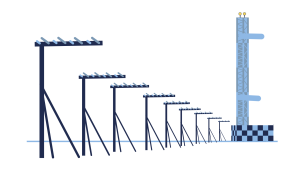
LOC/GP Displacement sensitivity
LOC/GP Width
LOC/GP Alarms
LOC/GP Clearance
LOC/GP Structure
LOC Alignment
GP Angle
Identification
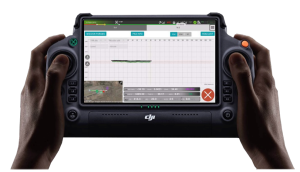
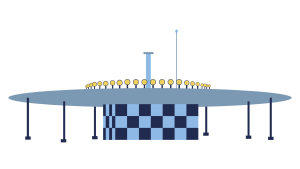
Bearing Error
30Hz Modulation depth & frequency
9960Hz Modulation depth & frequency
Deviation
FM Ratio
Identification
Radial & Orbit analysis
Cone of silence check
